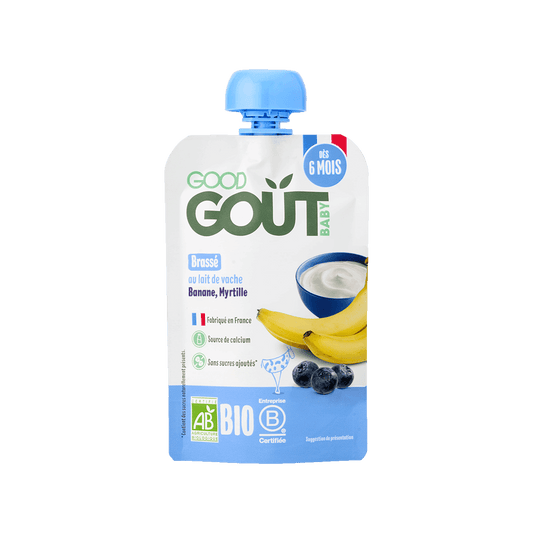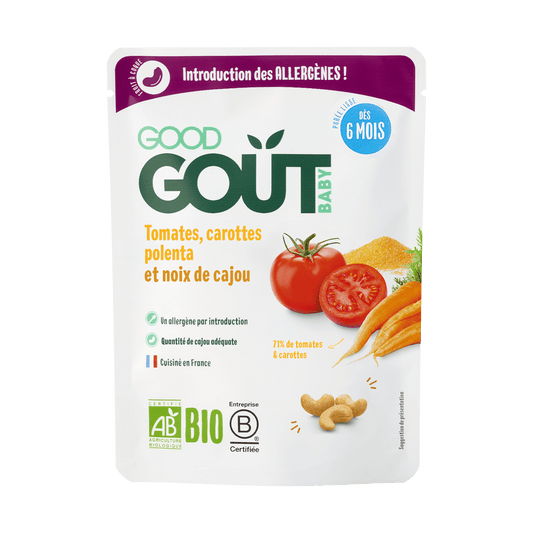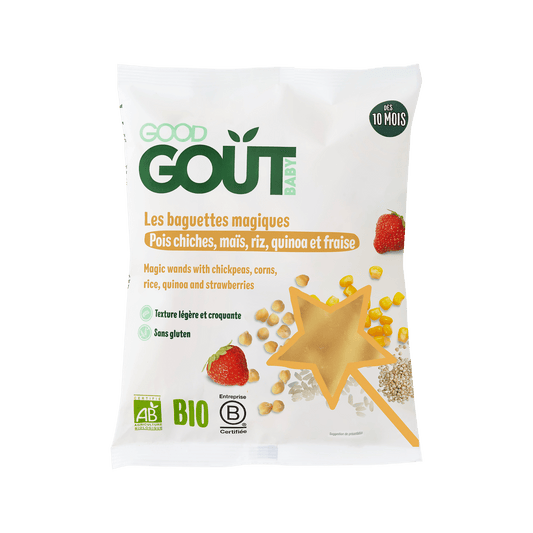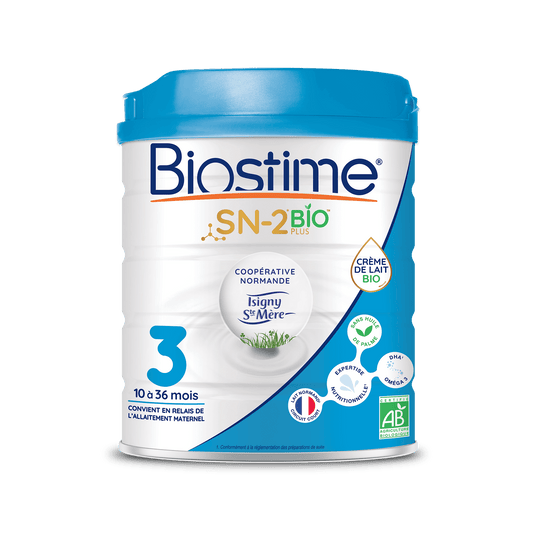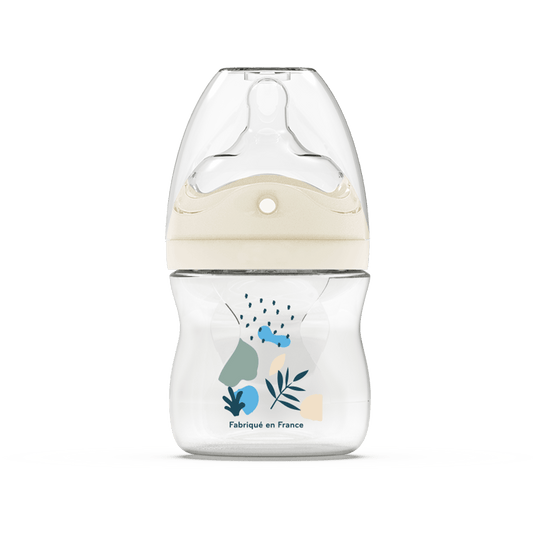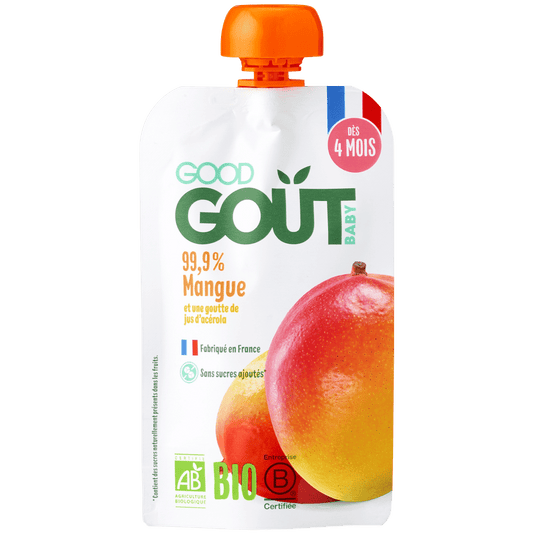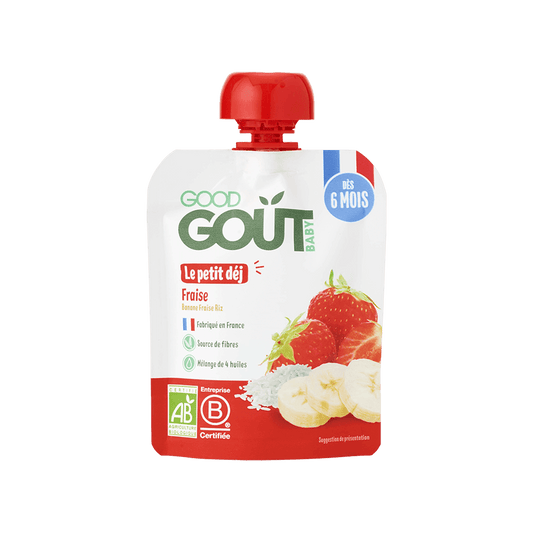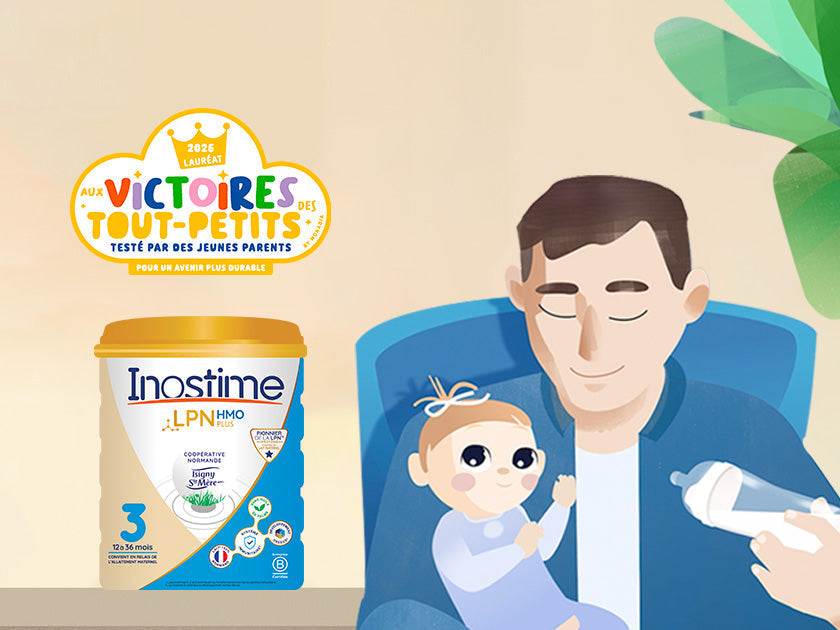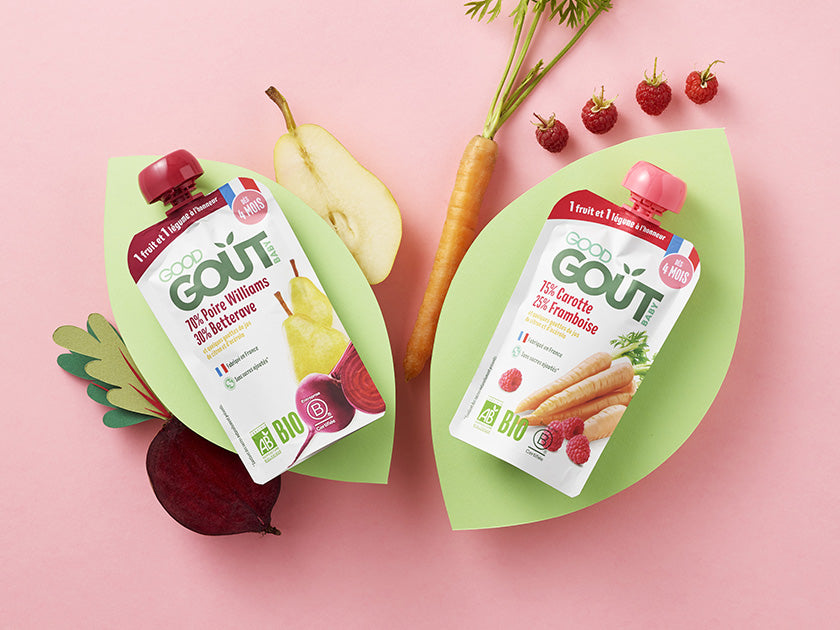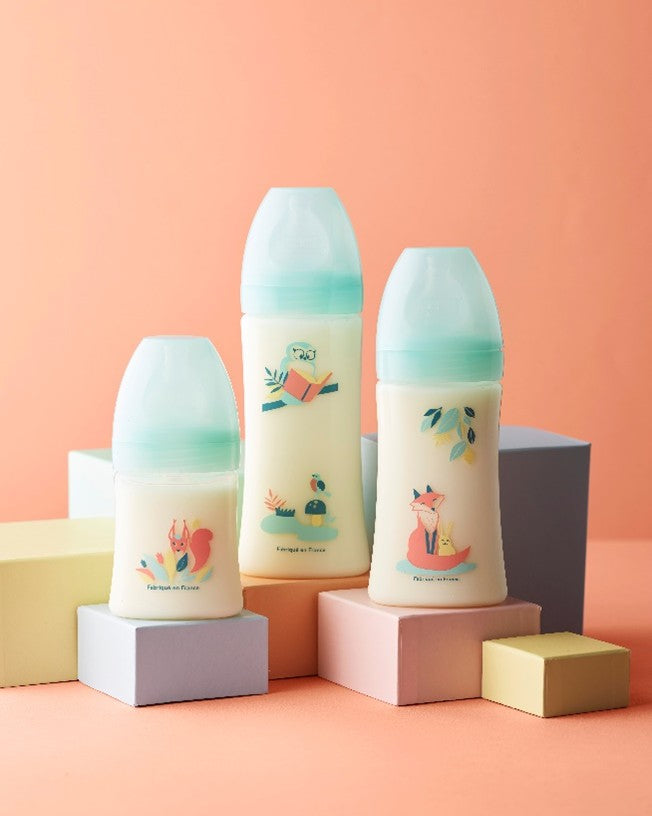Important Notice: Breast milk is the ideal and natural food for every infant. According to WHO recommendations, the best food for babies between 0 and 6 months is their mother's milk. Biostime follows the principles of the WHO Code and therefore does not communicate on products intended for children under 6 months. Your doctor or pharmacist is the only one authorized to advise you on these products.
Milk is your baby's only source of nutrition, from the first minutes of life. It provides the nutrients and hydration necessary for their development, before the start of solid foods. But sometimes, your baby refuses to drink their bottle. At Biostime, we offer some advice to help you understand the reasons for this rejection and feel more confident in addressing this situation.
Baby no longer wants milk: the struggle of breastfeeding
Your baby doesn't want milk anymore? Does he turn his head when you offer him the pacifier, and if you insist, he fidgets, or worse, he screams. Why is he turning his nose up at his bottle? Mealtime should be pleasant, and you hadn't anticipated this refusal. Seeing your child refuse food is destabilizing, but don't panic, we understand. How should you react to this refusal to eat? Don't worry. This situation is stressful, but solutions exist. Stay calm; we'll give you the keys to analyzing the situation. And if breastfeeding becomes impossible, there's a problem: don't force your baby to drink at all costs.
The whys and the solutions
Your baby is premature, adapt to his specific needs
Breastfeeding can be difficult for babies. The sucking motion requires strength, and premature babies sometimes lack it.
- Stimulate your newborn by stroking under the chin while he feeds.
- Adjust the nipple size. Premature bottles offer a lower flow rate.
Your baby suffers from reflux: our tips for easing the pain
An infant who refuses to eat may have developed gastroesophageal reflux. How is it diagnosed? We assure you, it's simpler than it seems! This condition manifests itself differently in different babies:
- It can be visible: he spits out the milk he is sucking, it's the most classic!
- It can be invisible: food moves up and down the esophagus. The passage of milk creates painful burning sensations that make it impossible to take a bottle.
Did you know? – The signs that don’t lie!
If your baby is fussy, cries a lot, has trouble sleeping, and refuses a bottle, he or she may have reflux.
In consultation with your pediatrician, adjust the milk. They will advise you to thicken or change it. If your little one is 4 months old, start solidifying. By limiting milk intake, reflux will ease and pain will lessen before disappearing.
Your baby is doubling his gums or teething
Teething is synonymous with pain and discomfort for your baby. Very early on, the gums split to allow the passage of baby teeth, and babies sometimes refuse to eat. Why can a bottle be a valuable ally during this stage? It can be used as a pain reliever. Our tip: massage their gums after placing the nipple in the refrigerator. The cold soothes them while they drink their milk. You can also apply a herbal gel to the painful area before giving the bottle. Don't forget to ask your pediatrician for advice.
Your baby wants to move on to solid food
Why can refusing a bottle signal the start of solid food? Around four months of age, you begin solid food. Some babies no longer want milk and demand it. Most often, these are babies with siblings. Pediatricians recommend the gradual introduction of vegetable purées and compotes from 4 months of age. So, it's time to treat your baby. The bottle still holds its place, but your child can finally try new flavors.
Transitioning from breastfeeding to bottle feeding
You've chosen to breastfeed your baby. This feeding method is excellent for your child. They've been able to benefit from your antibodies and special moments against your skin. But today, for various reasons, you need to wean them. Sometimes the transition is easy, but sometimes it can be complicated. Take it gradually, alternating between breastfeeding and bottle feeding. If it's difficult, ask someone else to bottle feed so your baby doesn't smell your own milk.
For a smooth transition, you can choose our Biostime powdered milks, designed to meet your child's needs (1)
It's up to you to give your tips
The #Nouvelle Génération Bio community is eager to hear your stories. Are you also having trouble bottle-feeding? Is your baby reluctant and you don't know what to do to ensure they feed with peace of mind? Share your experiences or concerns on our Instagram @biostimefr. Kindness is essential between parents. Your answers are always rich in lessons: tell us your stories without filter!
(1) In accordance with the regulations in force

